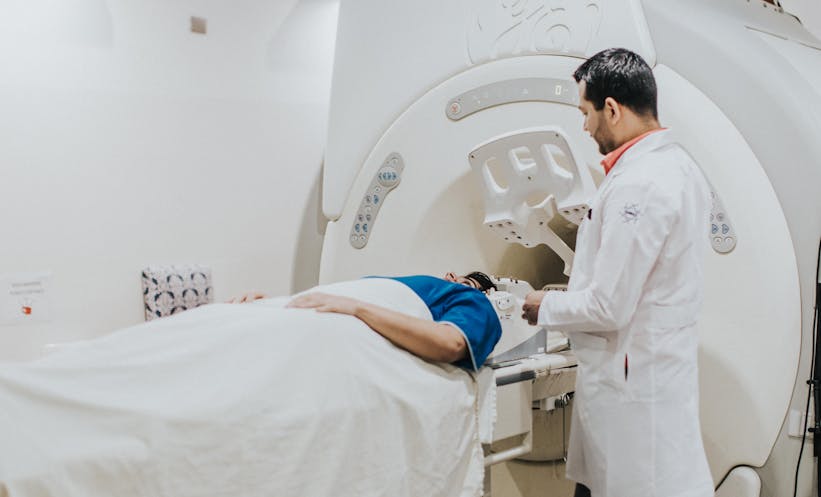A MUTATION altering the effect that levofloxacin, a quinolone antibiotic, has on pathogens causing urinary tract infections (UTI) has been identified by a study conducted by the College of Veterinary Medicine, University of Florida, Gainesville, Florida, USA. The research was part of a larger study to determine risk factors for first time in UTI patients and the development of recurrent UTI.
A total of 180 women presenting with their first UTI were studied, along with 80 age-matched controls, 35 of which had recurrent UTI. Researchers isolated Ureaplasma parvumfrom the urine samples, which is a pathogen resistant to antibiotic treatment. Antibiotics traditionally used to treat UTI, such as penicillin, are ineffective at treating U. parvum due to its unique biology. U. parvum, and its sister genus Mycoplasma, are members of the Mollicutes family, which have cell membranes but, unusually, lack cell walls. Corresponding author Dr Mary B. Brown, College of Veterinary Medicine, commented: “Antibiotics like penicillin and the other β-lactamases that interfere with cell wall synthesis are totally useless.”
The lack of therapeutic efficacy of β-lactamases in regard to U.parvum makes treatment more challenging when U.parvum is identified in UTI urine samples, especially when genetic mutations are also identified that increase the resistance of the pathogen to other antibiotics, further limiting the therapeutic options. The genetic mutation identified by this study in the parC gene, specifically Ser83Trp, causes resistance to levofloxacin and is suspected to cause resistance to other quinolone antibiotics, such as ciprofloxacin, due to its position in the quinolone resistance region of the gene, explained Dr Brown. However, the procedures for formally establishing resistance to other quinolones have not yet been conducted.
This study has enabled levofloxacin resistance to be added to the surveillance programmes clinicians use when testing UTI urine samples. With almost 20% of women 15–29 years of age being diagnosed with a UTI, this study offers a new resistance marker for clinicians to look out for when advising which antibiotic is best to prescribe a patient, improving treatment results and overall quality of life of individuals identified as having a UTI caused by U.parvu.
(Image: freeimages.com)








